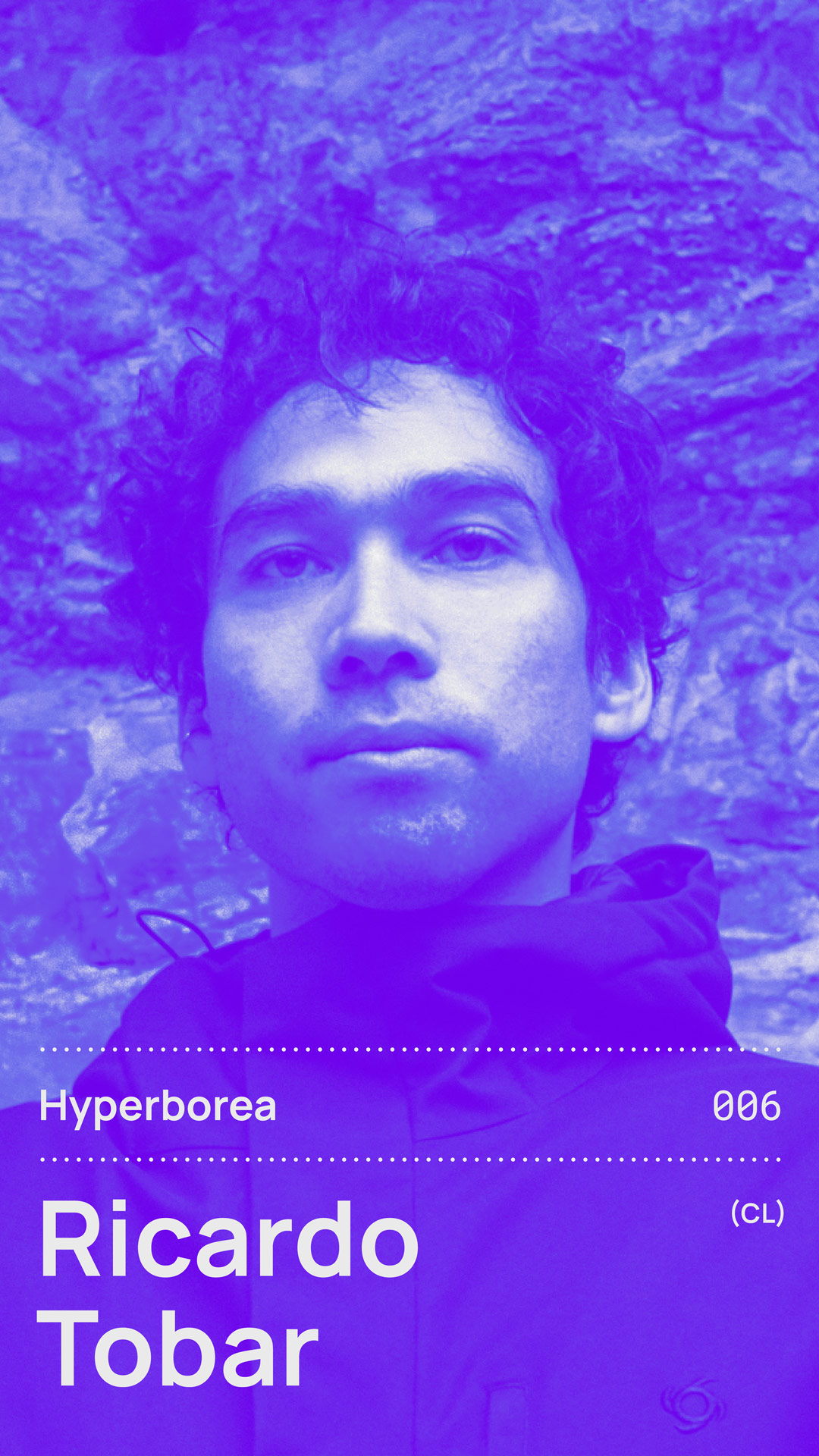
Ricardo Tobar is a Chilean electronic music producer from Viña del Mar, known for his melodic and atmospheric sound that blends elements of trance, shoegaze, new age, and noise. He debuted with El Sunset on James Holden’s Border Community and went on to release acclaimed albums such as Treillis on Desire, Collection on Cocoon Recordings, and Continuidad on ESP Institute. His music has appeared on labels including In Paradisum, Correspondant, and Musar Recordings, and he has collaborated with artists such as Daniel Avery and Plaid.
Beyond the independent music scene, his compositions have been featured in campaigns for major fashion brands such as Alexander McQueen, Miu Miu, and H&M. Having toured extensively across Europe, the Americas, and Japan, Tobar continues to stand out for his distinctive production style that bridges diverse genres with a strong focus on melody.
Could you tell us what kind of mood or atmosphere you aimed to create with this mix?
The idea behind the mix was to capture the hypnotic feel of older mixes, or not even that old, to be honest, but to use the format as a kind of meditation: long transitions, tracks that are (mostly) in key, and so on. Basically, it’s a stoner mix meant to shift the conversation away from the hyperactive, “skippy” style with 50 tracks in under 30 minutes. Not that there’s anything wrong with those, I love them, and they showcase a lot of technical skill, but this time I just wanted to close my eyes and quiet the incessant movement of news and time.
There is often a beautiful unpredictability in your rhythms. They feel organic, yet not tied to strict patterns. Do you think that comes from your cultural background, or is it more of a personal language you have developed over time?
That’s so nice of you to say. For a long time I thought I couldn’t do rhythms, or that they were so impressionistic they seemed fluffy or not strong enough, because they were: loose, not in 4/4, or off the grid. I used to listen to great dancefloor tracks and think, “oh man, I’m so behind,” but now I realize they actually have a name, and I was doing polyrhythms all along—which is funny, because they’re so hot right now. My first tracks, for example “Mi pieza está llena de cosas,” were completely random; even the structure was just a way to figure out how to make something more coherent out of it. I don’t think this organic feel comes from being from Chile, since I don’t believe we have as vast a rhythmic culture as the northern part of the continent like Colombia, Brazil, or Central America. We do have "cueca", where you can hear some great uses of the guitar in sync with drumming patterns, but at least at first, that wasn’t my inspiration. What you’re referring to comes mostly from crafting and learning how to make dance music, just trial and error while finger drumming. Of course, I get inspired by a lot of music, but I wouldn’t say it comes from anywhere specific. I’m inspired by so much rhythmic music, and it can come from anywhere. For example, I love what Talking Heads did with their early records in terms of drumming, but also Wire. And that can sit side by side with records from Los Jaivas, Emociones Clandestinas, or Violeta Parra.
Do you consider psychoacoustics when working with distortion, space, or rhythmic tension?
Sometimes, and sometimes not (laughs). I think psychoacoustics requires a lot of investment—at least to my knowledge—both in time and money, since it involves research, and with that comes the need for better tools: microphones, speakers, and so on. I would love to explore it more, but it’s always difficult because there’s only so much time. And there’s something about psychoacoustics that, to my ears, always sounds better when recorded outside, in studios or real rehearsal spaces, which you can never fully replicate on a computer. For example, I love what Emptyset are doing. I don’t know if they would define their work in those terms, but they have a beautiful approach to texture and space that I find really inspiring. That's something I would like to explore more. In my own way, I try to create a sense of space in my music, especially by trying to put everything into a cohesive virtual room. On the other hand, noise comes more freely to me, so that’s basically instinct. For me, music always sounds better with noise, and I can’t quite figure out why. But it gives me this feeling of naturalness that I took really far in my album Treillis, which sounds completely lo-fi, and then again with Continuidad.
Are there any visual arts or books that have really influenced your artistic vision?
Yes! So many books and so little time. I hope I don’t come across as a snob here, but there’s so much to share. In terms of visual art, I’ve been reading The Art of Color by Johannes Itten, which gives a great glimpse into how to work with color. A friend gave me some books by an almost-unknown Argentinian collective called Grupo Joven, which I highly recommend. She’s actually working on their material and curatorship. My partner also brought back a beautiful book from one of her trips, Exercises de Style by Raymond Queneau. Such a gem that gave us a lot of ideas to talk about. But there’s so much more. I’m on the difficult quest of trying to understand the methodological apparatus of Jacques Rancière, which I find hard to grasp but still so inspiring. Of course, I’m loving all the critical essays of Mark Fisher. And most recently I’ve read Soie by Alessandro Baricco and Modernity and the Holocaust by Zygmunt Bauman.
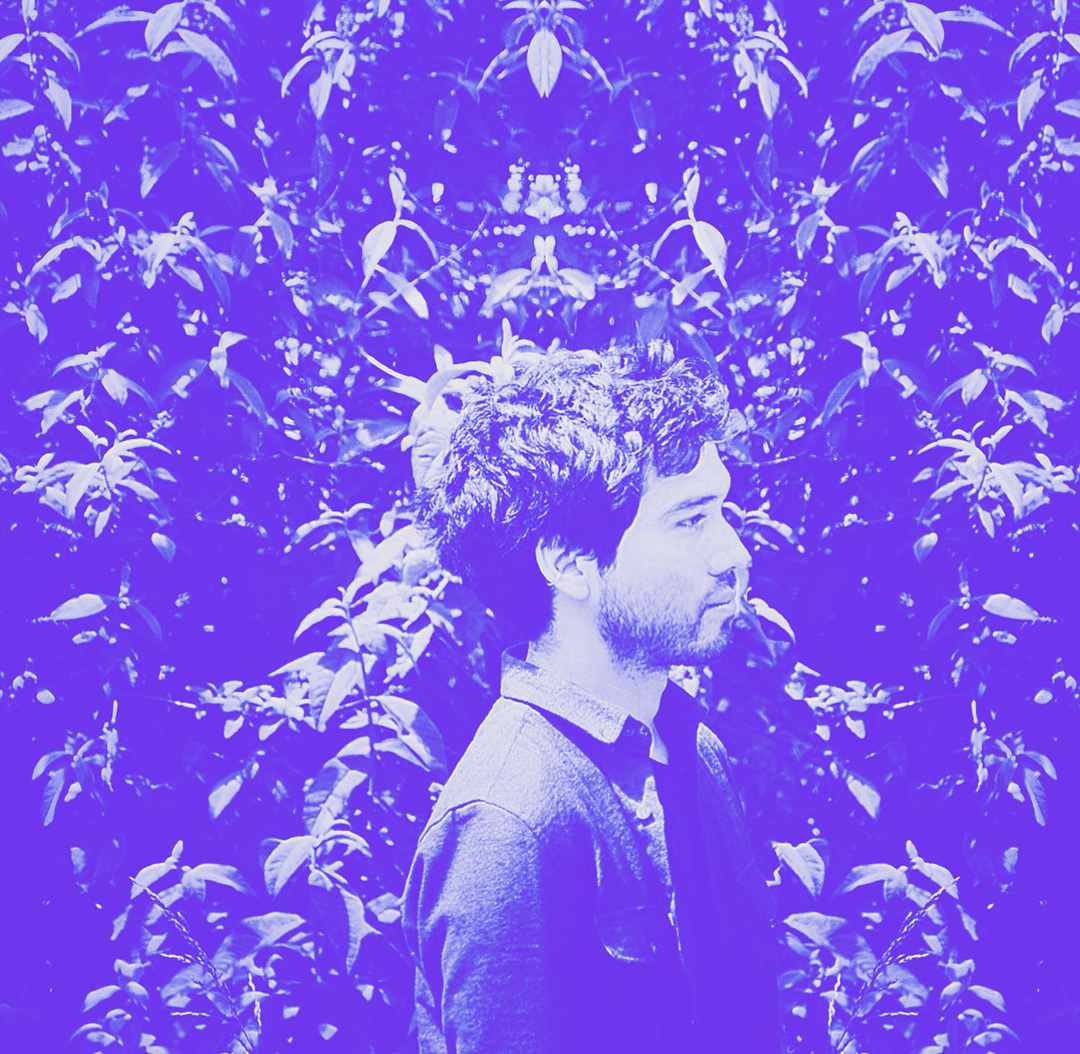
Does the way your setup is physically organized affect how you make music? Do you usually have everything ready to go, or do you build things from scratch depending on the idea?
I don’t think so, but I’ve never really asked myself that question. My setup is pretty standard: I have two desks where everything is arranged in a kind of chaotic style. I’d love to have everything more organized and ready to go, but in reality I’m always disconnecting and moving things from one side to the other—a lot of cables, a lot of confusion. Part of this is because I live in a place where it's difficult to get some good audio tools without being completely foolishly overpriced, so it's hard to get the right tools without doing some project management on how to get the equipment overseas. So, to answer the question, I go from scratch, always, depending on the idea.
What does your production setup look like these days? Have any tools, instruments, or processes become essential to your sound?
My setup has been the same for a long time. I have a few old synths: the Mono/Poly and the CS-15. I have newer ones like the Waldorf Pulse and the Pro-800 (thanks Behringer!). I also have a lot of effect pedals, and I go from there, doing a lot of recording takes and seeing what makes the cut. I guess the biggest change I made is using only VSTs from Airwindows. I love those so much, and I can hear the sound difference in my tracks. I'm so grateful for his work!
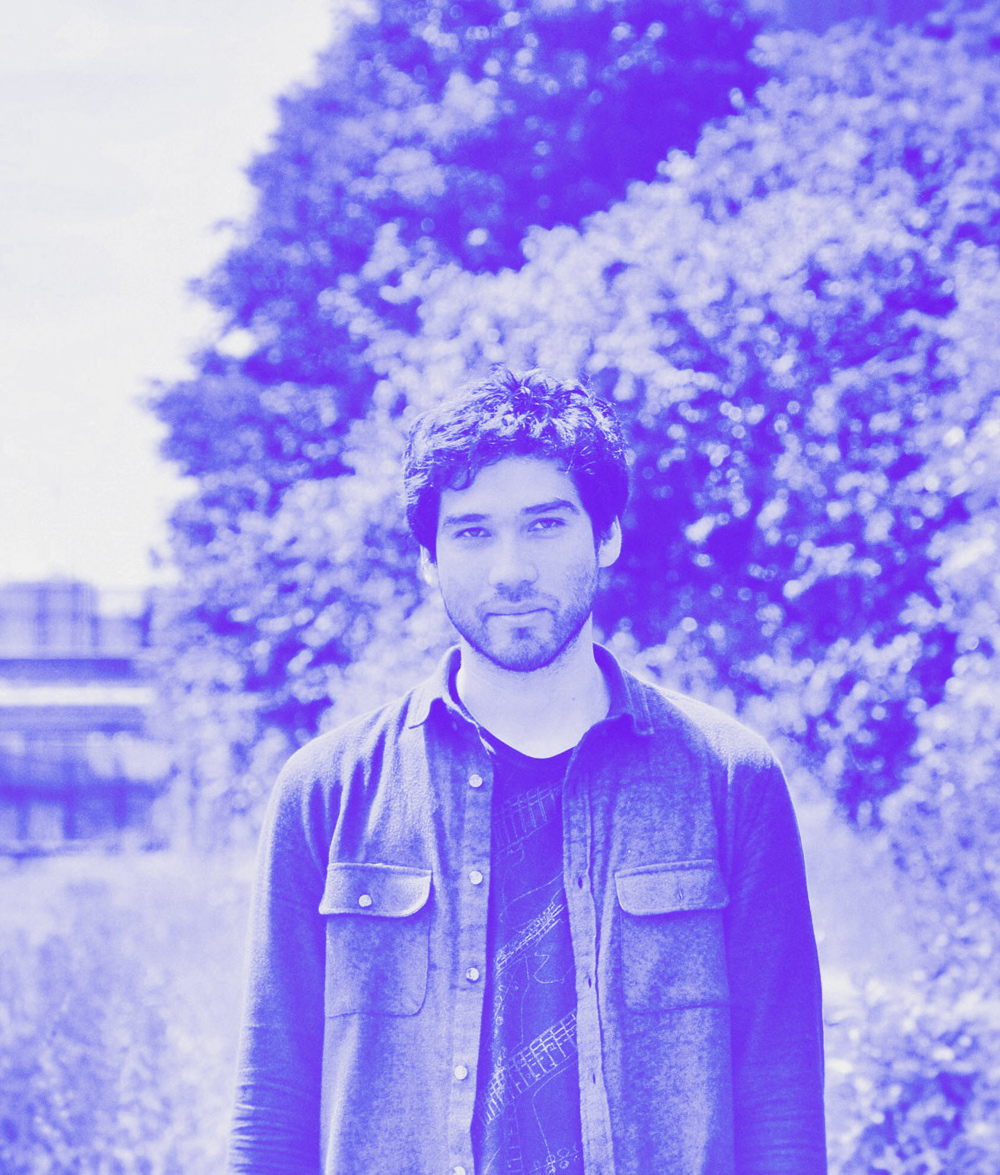
C R E D I T S
Photos 2 & 3: Hélène Peruzzaro
T R A C K L I S T
Songs of the Humpback Whale - Dr Roger Payne
Richard Pinhas - Home: Ruitor
Ricardo Tobar - Arpa x
Mirko Loko - Tahktok (Villalobos Hilery’s Chant Remix)
Russel E.L. Butler - Orr Springs Road
Binary Digit - Ale by the Sea
Mark Broom - 909 Workout
Cavern of Anti-Matter - Elektro-Modulator 2
John Zorn - Fils des Etoiles
Speaker Music - Adaptive Preference
Konduku - Gazos
Mattheis - Klrnoe
Diseño Corbusier - Golpe de Amistad
Seccion de Ritmo - Regular Degular
The Golden Filter - Barck Forth
Ben Klock - Compression Session
Nick Höppner & Gonno - As Above So Below
Dansa - Vow
C.A.R - Sore Loser (Trenton Chase Remix)
Heap - Amour Propre
MMM - Everything Falls Into Place
NKC - Honest Drums
Emotional Rescue - It’s You (Free House Remix)
Jimi Tenor - Take Me Baby (Inland Edit)
Peter Dundov - Oasis (Gavin Russom Remix)
Not Waving - Power Source Beam Line
Secretsundaze - Dmdu
Eduardo de la Calle - Madhusudhana

Ricardo Tobar is a Chilean electronic music producer from Viña del Mar, known for his melodic and atmospheric sound that blends elements of trance, shoegaze, new age, and noise. He debuted with El Sunset on James Holden’s Border Community and went on to release acclaimed albums such as Treillis on Desire, Collection on Cocoon Recordings, and Continuidad on ESP Institute. His music has appeared on labels including In Paradisum, Correspondant, and Musar Recordings, and he has collaborated with artists such as Daniel Avery and Plaid.
Beyond the independent music scene, his compositions have been featured in campaigns for major fashion brands such as Alexander McQueen, Miu Miu, and H&M. Having toured extensively across Europe, the Americas, and Japan, Tobar continues to stand out for his distinctive production style that bridges diverse genres with a strong focus on melody.
Could you tell us what kind of mood or atmosphere you aimed to create with this mix?
The idea behind the mix was to capture the hypnotic feel of older mixes, or not even that old, to be honest, but to use the format as a kind of meditation: long transitions, tracks that are (mostly) in key, and so on. Basically, it’s a stoner mix meant to shift the conversation away from the hyperactive, “skippy” style with 50 tracks in under 30 minutes. Not that there’s anything wrong with those, I love them, and they showcase a lot of technical skill, but this time I just wanted to close my eyes and quiet the incessant movement of news and time.
There is often a beautiful unpredictability in your rhythms. They feel organic, yet not tied to strict patterns. Do you think that comes from your cultural background, or is it more of a personal language you have developed over time?
That’s so nice of you to say. For a long time I thought I couldn’t do rhythms, or that they were so impressionistic they seemed fluffy or not strong enough, because they were: loose, not in 4/4, or off the grid. I used to listen to great dancefloor tracks and think, “oh man, I’m so behind,” but now I realize they actually have a name, and I was doing polyrhythms all along—which is funny, because they’re so hot right now. My first tracks, for example “Mi pieza está llena de cosas,” were completely random; even the structure was just a way to figure out how to make something more coherent out of it. I don’t think this organic feel comes from being from Chile, since I don’t believe we have as vast a rhythmic culture as the northern part of the continent like Colombia, Brazil, or Central America. We do have "cueca", where you can hear some great uses of the guitar in sync with drumming patterns, but at least at first, that wasn’t my inspiration. What you’re referring to comes mostly from crafting and learning how to make dance music, just trial and error while finger drumming. Of course, I get inspired by a lot of music, but I wouldn’t say it comes from anywhere specific. I’m inspired by so much rhythmic music, and it can come from anywhere. For example, I love what Talking Heads did with their early records in terms of drumming, but also Wire. And that can sit side by side with records from Los Jaivas, Emociones Clandestinas, or Violeta Parra.
Do you consider psychoacoustics when working with distortion, space, or rhythmic tension?
Sometimes, and sometimes not (laughs). I think psychoacoustics requires a lot of investment—at least to my knowledge—both in time and money, since it involves research, and with that comes the need for better tools: microphones, speakers, and so on. I would love to explore it more, but it’s always difficult because there’s only so much time. And there’s something about psychoacoustics that, to my ears, always sounds better when recorded outside, in studios or real rehearsal spaces, which you can never fully replicate on a computer. For example, I love what Emptyset are doing. I don’t know if they would define their work in those terms, but they have a beautiful approach to texture and space that I find really inspiring. That's something I would like to explore more. In my own way, I try to create a sense of space in my music, especially by trying to put everything into a cohesive virtual room. On the other hand, noise comes more freely to me, so that’s basically instinct. For me, music always sounds better with noise, and I can’t quite figure out why. But it gives me this feeling of naturalness that I took really far in my album Treillis, which sounds completely lo-fi, and then again with Continuidad. 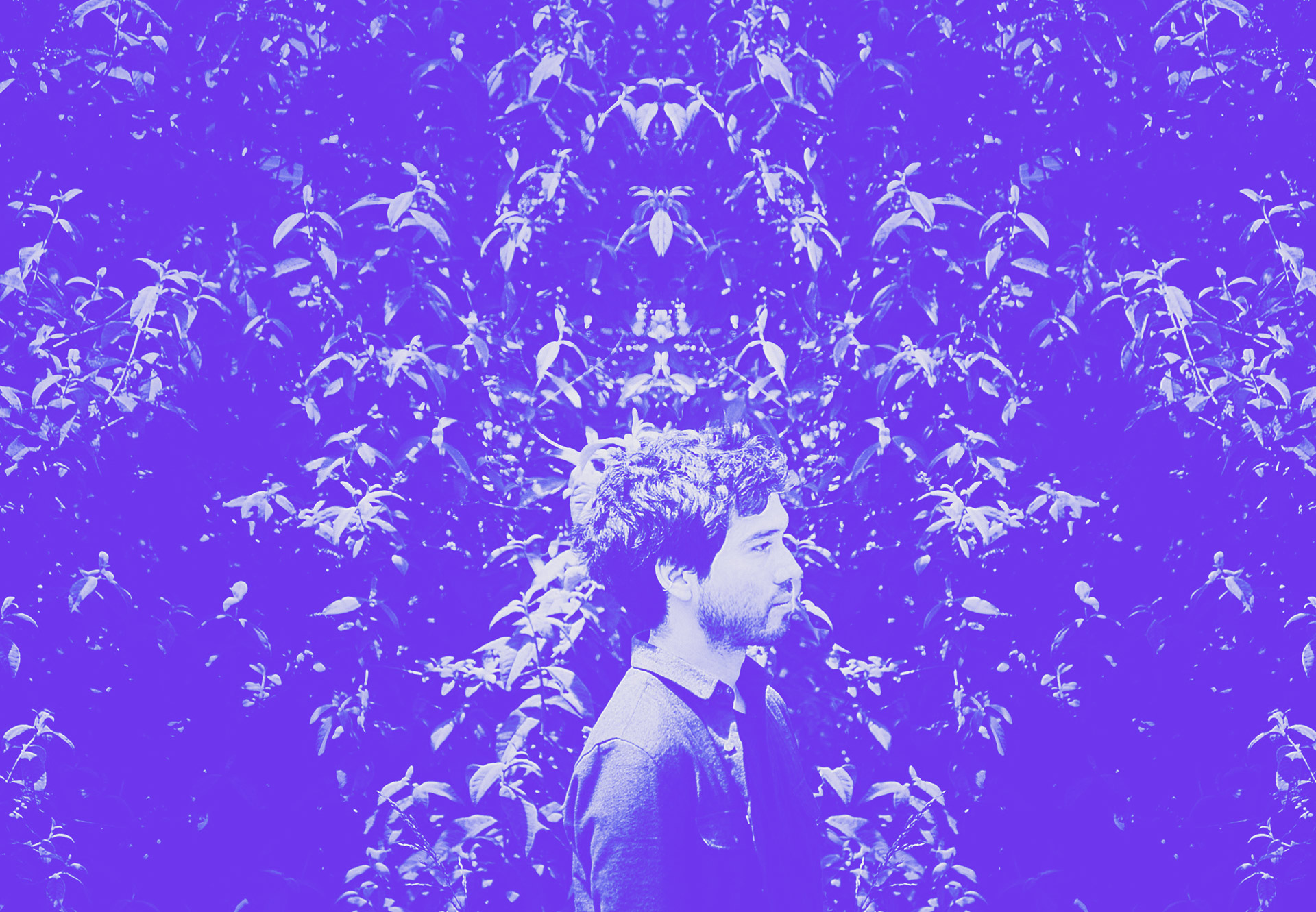
Are there any visual arts or books that have really influenced your artistic vision?
Yes! So many books and so little time. I hope I don’t come across as a snob here, but there’s so much to share. In terms of visual art, I’ve been reading The Art of Color by Johannes Itten, which gives a great glimpse into how to work with color. A friend gave me some books by an almost-unknown Argentinian collective called Grupo Joven, which I highly recommend. She’s actually working on their material and curatorship. My partner also brought back a beautiful book from one of her trips, Exercises de Style by Raymond Queneau. Such a gem that gave us a lot of ideas to talk about. But there’s so much more. I’m on the difficult quest of trying to understand the methodological apparatus of Jacques Rancière, which I find hard to grasp but still so inspiring. Of course, I’m loving all the critical essays of Mark Fisher. And most recently I’ve read Soie by Alessandro Baricco and Modernity and the Holocaust by Zygmunt Bauman.
Does the way your setup is physically organized affect how you make music? Do you usually have everything ready to go, or do you build things from scratch depending on the idea?
I don’t think so, but I’ve never really asked myself that question. My setup is pretty standard: I have two desks where everything is arranged in a kind of chaotic style. I’d love to have everything more organized and ready to go, but in reality I’m always disconnecting and moving things from one side to the other—a lot of cables, a lot of confusion. Part of this is because I live in a place where it's difficult to get some good audio tools without being completely foolishly overpriced, so it's hard to get the right tools without doing some project management on how to get the equipment overseas. So, to answer the question, I go from scratch, always, depending on the idea.
What does your production setup look like these days? Have any tools, instruments, or processes become essential to your sound?
My setup has been the same for a long time. I have a few old synths: the Mono/Poly and the CS-15. I have newer ones like the Waldorf Pulse and the Pro-800 (thanks Behringer!). I also have a lot of effect pedals, and I go from there, doing a lot of recording takes and seeing what makes the cut. I guess the biggest change I made is using only VSTs from Airwindows. I love those so much, and I can hear the sound difference in my tracks. I'm so grateful for his work!
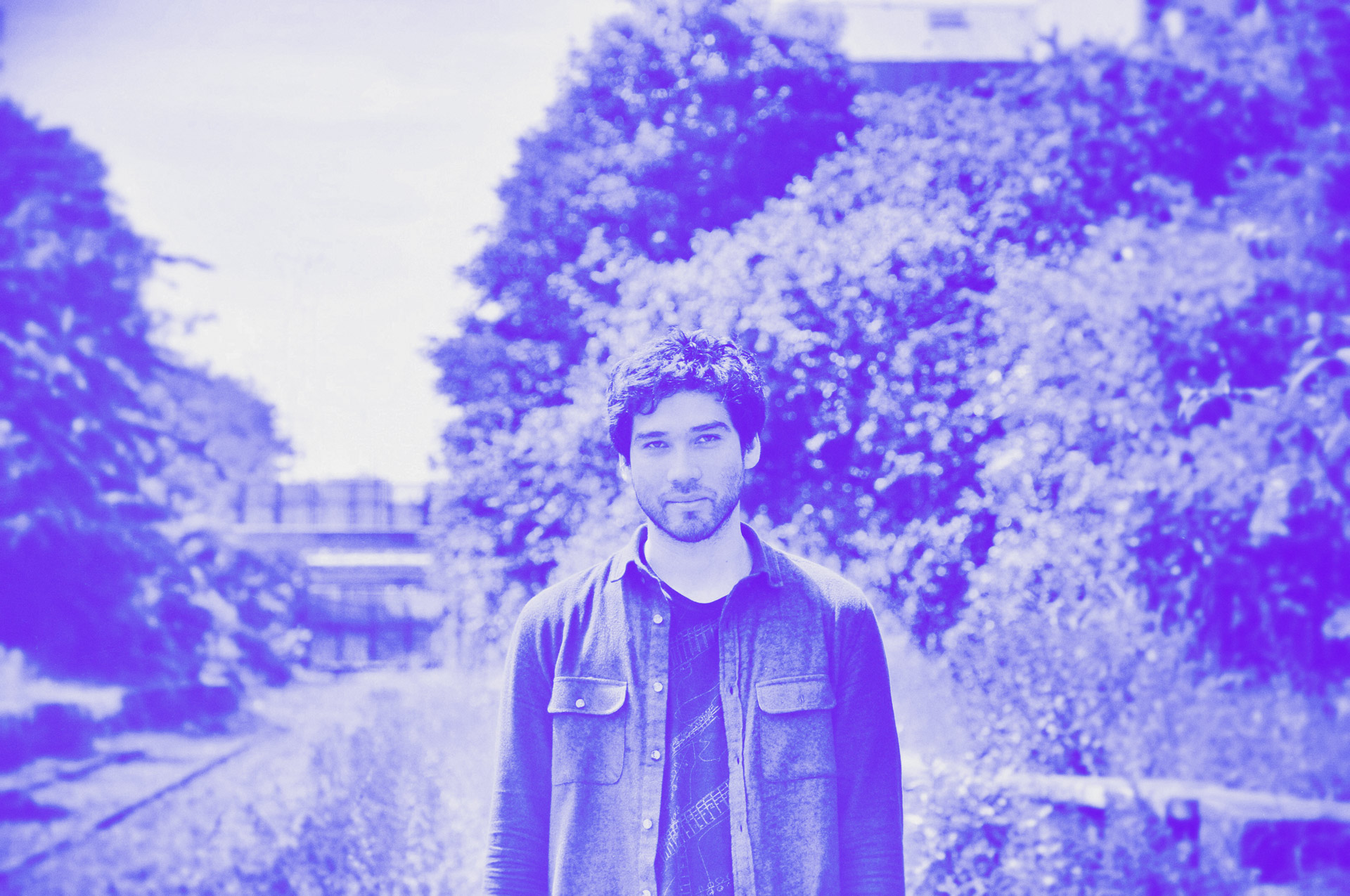
C R E D I T S
Photos 2 & 3: Hélène Peruzzaro
T R A C K L I S T
Songs of the Humpback Whale - Dr Roger Payne
Richard Pinhas - Home: Ruitor
Ricardo Tobar - Arpa x
Mirko Loko - Tahktok (Villalobos Hilery’s Chant Remix)
Russel E.L. Butler - Orr Springs Road
Binary Digit - Ale by the Sea
Mark Broom - 909 Workout
Cavern of Anti-Matter - Elektro-Modulator 2
John Zorn - Fils des Etoiles
Speaker Music - Adaptive Preference
Konduku - Gazos
Mattheis - Klrnoe
Diseño Corbusier - Golpe de Amistad
Seccion de Ritmo - Regular Degular
The Golden Filter - Barck Forth
Ben Klock - Compression Session
Nick Höppner & Gonno - As Above So Below
Dansa - Vow
C.A.R - Sore Loser (Trenton Chase Remix)
Heap - Amour Propre
MMM - Everything Falls Into Place
NKC - Honest Drums
Emotional Rescue - It’s You (Free House Remix)
Jimi Tenor - Take Me Baby (Inland Edit)
Peter Dundov - Oasis (Gavin Russom Remix)
Not Waving - Power Source Beam Line
Secretsundaze - Dmdu
Eduardo de la Calle - Madhusudhana